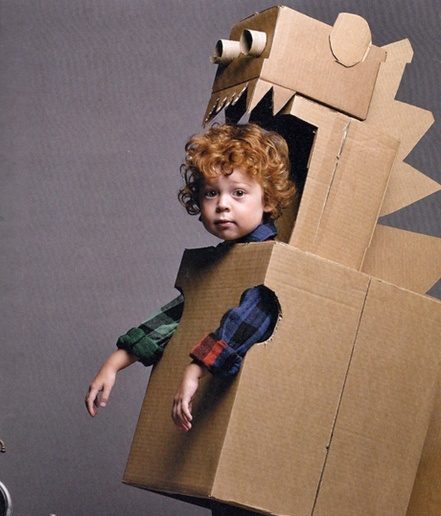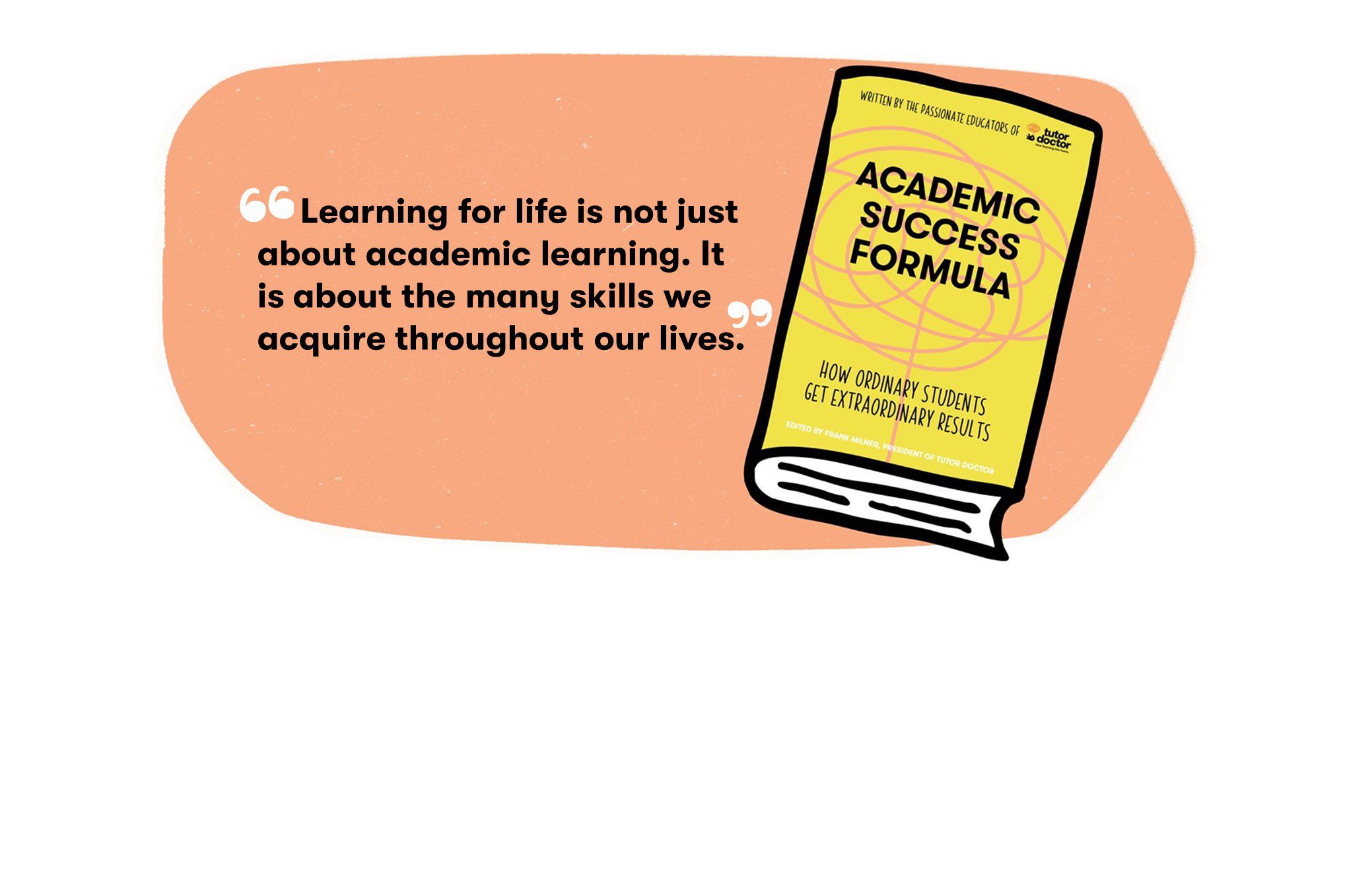Sports are a great past-time, and getting the whole gang together to support your favorite team is a blast for the whole family! Sports can also be a great way to introduce academic concepts to kids in a fun and relatable way. Here are 5 simple ways to teach math using sports!
1. Keep score. For younger students, keeping score by hand is a great exercise in basic arithmetic. It’s also a useful way to demonstrate that certain conditions can produce different values. For example – in basketball, a player’s distance to the basket is what determines whether their shot is worth two or three points. If a player gets fouled, a free throw is only worth one point. Working with different values will provide variation in the numbers, and kids can check their work against the official score currently being displayed!
2. Explain sports statistics. Statistics in sports are essential, and they’re often used to describe an athlete’s accomplishments and overall ability. By using real sports examples, you can explain to kids why these statistics are relevant. Take baseball for example, where a player’s likelihood of getting a hit is expressed through their batting average. Explain how these concepts work – if a player has a .333 batting average, that means they get 1 hit for every 3 “at-bats” on average. Not surprisingly, .333 can also be written as 1/3 in fraction form. Real life examples like these are extremely effective at demonstrating how mathematical concepts are applied.
3. Discuss probability. We hear the term “odds of winning” constantly in the world of sports, which is a great way to introduce the concept of probability. For younger students a simple coin toss is a good way to introduce the idea of a 50-50 chance, and then move forward with more complicated figures. Playing card games is a great way to demonstrate probability and comparing a sports team’s seasonal wins and losses is an easy way to explain ratios. Word problems based on real life scenarios are perfect examples to show kids when discussing the usefulness of applied math.
4. Dig into the science. Sports science is a fascinating topic on its own, and most physical sports require having a basic understanding of scientific concepts. Consider the amount of physics involved with a sport like golf – a golfer must understand the concept of a trajectory and how this can be affected by a multitude of factors (wind speed and direction, for instance). From tennis to basketball, angles, arches, and aerodynamics are all involved with these types of sports!
5. Talk about units of measurement. In sports, units can be extremely important. Consider sports like running, swimming, or racing where athletes often gauge their performance based on lap averages and time durations. In these sports, a fraction of a second can be the difference between coming in second place or breaking a new world record. Some team sports even rely on measurement as a critical component of the game – football, for example, is all about distance. How many yards left until a touchdown? In some form or another, units of measurement are needed in almost every major sport!




